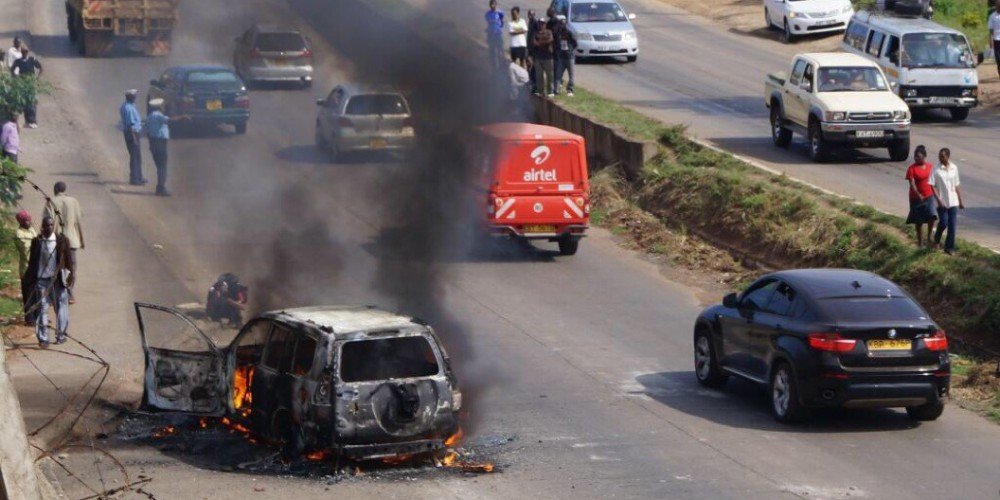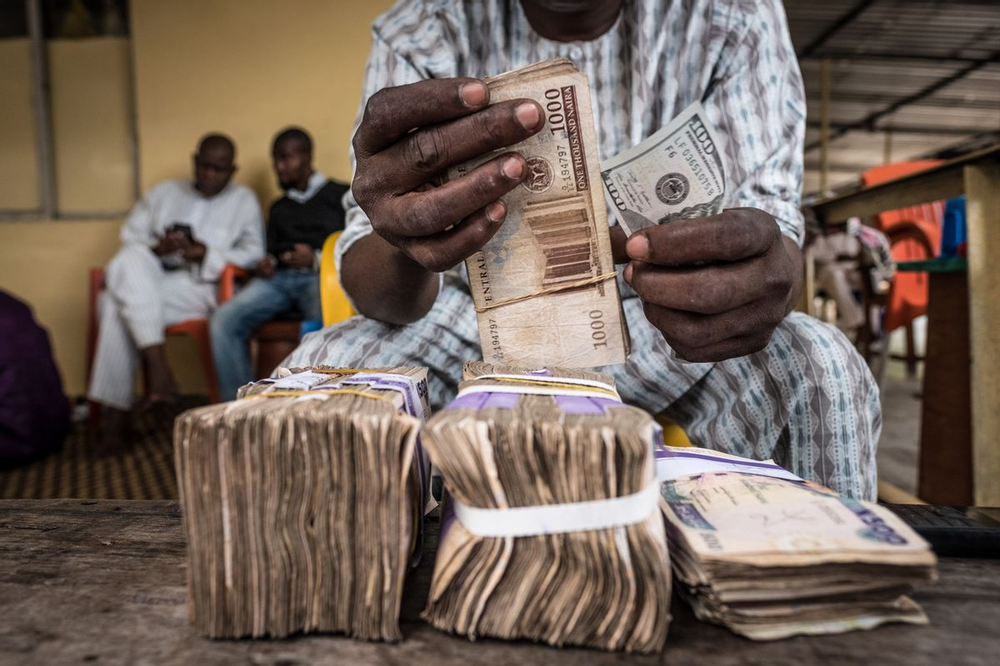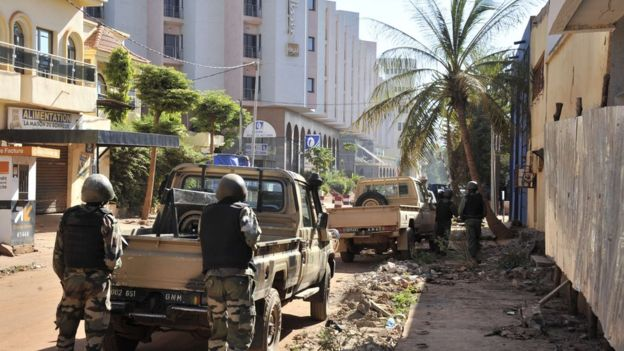As a security lead, the hotel is a key part of your travel security program. It’s your executive’s go-to location, a bolt hole that serves as a base of operation. Identifying suitable hotels in any mid/high-level risk target country or city is, of course, part of your usual hotel security risk assessments.
Before you can clear it for use, a hotel must tick all the right boxes. This includes comprehensive CCTV, well-trained security staff, a well-equipped hospital 5 minutes’ drive away. There should also be secure perimeter controls, among many other factors.
However, each individual hotel is also subject to a range of local influences, unseen risks, and threats from areas that CSOs often don’t examine. They stand in addition to any usual risk, and they have the potential to severely jeopardize your executive’s safety. Make no mistake, neglecting to inform yourself or your staff of these extraneous influences can have dire consequences.

Immediate and Peripheral Threats
Generally speaking, orthodox hotel security risk assessments look at the most immediate threats that any respective hotel faces. These would include crime, transportation, traffic, accessibility, etc.
However, a deeper understanding of the local area, and the hotel’s place in it, is necessary to truly grasp variable and unpredictable levels of risk that may not present themselves at first glance.
Put simply, there are threats that usually no one accounts for. For instance, how often are local events and gatherings held in the immediate vicinity of the hotel?
Is there a chance that impromptu demonstrations or protests may pass through the area, or even the hotel itself? Where does the hotel stand in relation to other high-risk buildings, complexes, or organizations? And finally, is it possible the hotel may become a target itself, purely due to the fact that it is the sole hub for high-profile travelers within the city?
In Africa, like the rest of the world, there are peripheral threats that may not immediately present themselves during your hotel security risk assessments. But what do these threats look like in the real-world? And how do you navigate the unknown to ensure your executive’s safety in the event of a truly unforeseen incident?
Here, we look at a few examples of hotels in Africa to give you a better idea of what a peripheral threat looks like. That way, you can better prepare for the many unknown risks that are happening in other hotels around the world.
Locally Exposed Hotels
Hotels that are subject to both regular and irregular disruption pose a threat to executives any time of the year. The local knowledge required to manage these situations needs to be both detailed and responsive.
The Fairmont Norfolk Nairobi, for instance, is next to the globe roundabout where many of the taxi, worker, and other union protests in Nairobi begin, as well as the parades and festivals of the city. This means that the entire area can very quickly become crowded and congested. That alone would prevent your principal from moving freely or, worse, getting caught in a demonstration in Nairobi CBD.
Other examples in Nairobi include both the Hilton and Fairview hotels. The Hilton sits right above a public transportation hub that includes a shopping mall with multiple entrances. In turn, it’s extremely difficult to properly stop an unwanted crowd.
The Fairview in Nairobi, on the other hand, sits right across the street from the Israeli embassy. This type of threat is problematic year-round, with both Israeli and other embassies subject to high-level threats from multiple groups.

Finally, just outside of the Eko Hotel in Lagos is a hotspot for black-market cash transfer activities. That is a common issue that presents itself in many other locations in Africa. This means executives can be exposed to varied and unpredictable threats from unpoliced areas located just on the doorstep of their hotel complex.
No-Other-Choice Hotels
In some cities or municipalities, CSOs are left with few options when it comes to choosing a secure and suitable hotel. These may be thought of as “no other choice” hotels, and with them come a variety of risks. That all comes from the fact that there is no strength in depth within a specific location when it comes to hotel choice.
The horrific attack that took 170 hostages and killed 20 at the Radisson Blu Hotel in Bamako in 2015 is a classic example of large organizations using the only suitable hotel option in the city.

This concentration of high-profile individuals made the hotel an obvious target. Today, the hotel’s security measures are drastically better in order to prevent similar scenarios in the future. However, the threats that “no other choice” hotels pose in other locations remain.
For example, the Epic Sana Hotel in Luanda is subject to many of the same threats as a variety of different hotels in Africa. As the go-to for all major organizations operating in the city, the risks can be high. Also, the possible targets are attractive to any assailant willing to spot an opportunity.
Politically Exposed Hotels
Politically exposed hotels include those that regularly play host to politicians or political events. These influences have the potential to expose executives to unwanted attention and the threat of terrorist-related activities.
For example, the Sofitel in Abidjan is among the best accommodation options in the city. Most of the big corporations are using it, however, they are not the only ones.
The Sofitel also happens to be the local politicians’ hotel of choice in the city. As a country, which has suffered terror-related attacks, the threat of a political attack in the Sofitel is very large. That’s simply because politicians are proxies of this risk profile and always have been.
The same is true of the Sheraton Hotel in Addis Ababa. Heavily linked with the political landscape in Ethiopia, respected local and international politicians often use this location as a base. Naturally, the threat level of terror-related activities rises whenever a high-profile individual uses the hotel. But the issue is that this happens pretty much all-year-round.
Of course, what we have shown above is simply a range of examples that may be relevant to any security team running a travel program. In reality, these are not the only hotels with outside threats. As with any location or hotel, further assessment of the bigger picture is crucial when conducting truly comprehensive hotel security risk assessments.
After all, the “safe-haven” you are about to recommend might just be the next Pompeii sitting carelessly below an active volcano, ready to erupt.

For more insight into our previous work, take a look at the rest of our Case Studies & Articles and learn about how the SCS team ensures professional, responsive, and flexible security services. Alternatively, for more information on how our adaptive services can help you and your clients, contact us today.

November 20, 2021 Author Nigeria Travel Risks To Look Out For - SCS Solutions Ltd
[…] on the most secure hotels in Nigeria can be a daunting task, which is why we will present you with our hotels of […]
November 22, 2021 Author Safety Tips for Your Business Trip to Morocco - SCS Solutions Ltd
[…] a rich culture, fascinating localities, state-of-the-art accommodation options, and exotic food, your bosses will likely enjoy them all in between business […]
November 24, 2021 Author Security Consulting: The Service That Your Company Needs
[…] and create a robust security environment. The various services covered by that term usually include threat assessments, policy review and development, and master […]
November 25, 2021 Author Secure Travel in Nigeria Despite Growing Insecurity - SCS Solutions Ltd
[…] to take into account when pursuing counter hostile surveillance. First, to identify any sort of threat actors, utilizing tactics of a high standard is a must. Indeed, criminal and terrorist groups have time on […]
November 25, 2021 Author Advanced Security Training: A Precursor to Excellent Service
[…] of action. To conduct a threat assessment means to determine the seriousness and credibility of a potential threat, as well as the likelihood that the threat will become a reality. Finally, your protective detail […]
November 25, 2021 Author The Best Practices of Strategic Crisis Management - SCS Solutions Ltd
[…] the differences between the two are that one concentrates on threats while the other focuses on […]
November 27, 2021 Author The Art of Turning Corporate Security Training Into Success
[…] an increasingly vulnerable corporate world, it has become imperative to mitigate and manage threats that endanger a corporation. Only in 2021, the average cost of a data breach is said to be USD3.86 […]